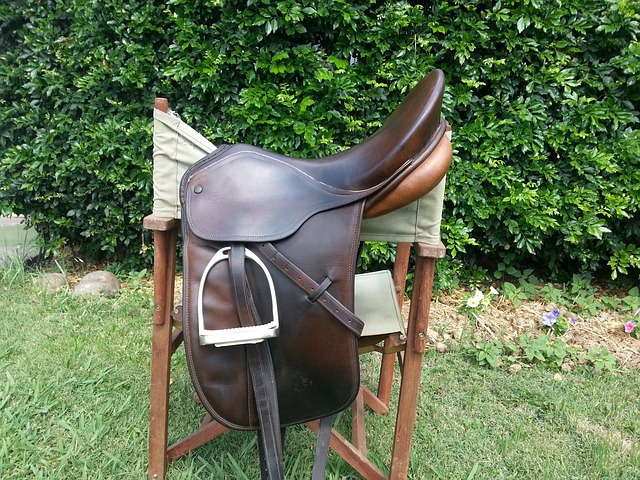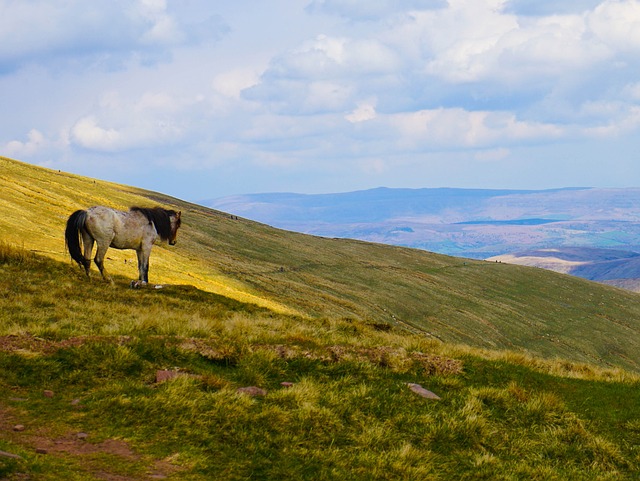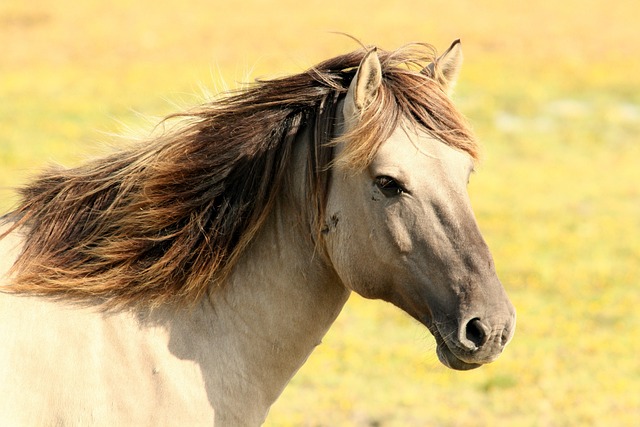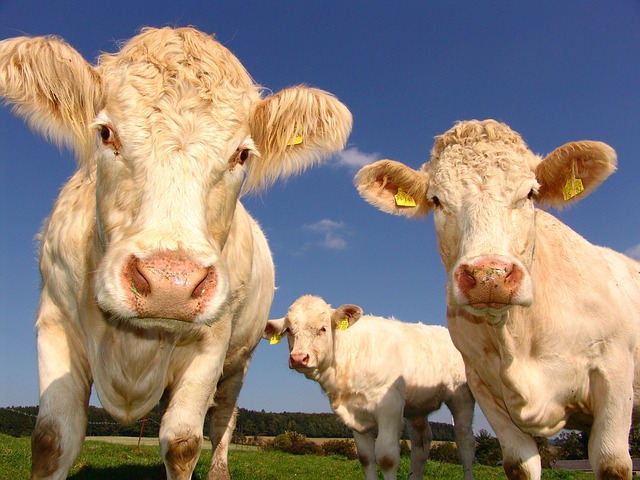
Skeletal Anatomy of a horse
January 25, 2023
English GP saddle parts
January 25, 2023Horses are majestic creatures that have been used for transportation, agriculture, and sport for centuries. With their powerful bodies and graceful movements, it’s no wonder that they have captivated the hearts of people around the world. In this blog, we’ll delve into the different body parts of a horse, including the tail.
First, let’s start with the head. The head of a horse is home to some of its most important senses, including its eyes, ears, and nose. The eyes of a horse are located on the sides of its head, giving it a wide field of vision and allowing it to see danger from all directions. The ears of a horse are highly mobile and can move independently of each other, helping the horse to locate the source of a sound. The nose of a horse is sensitive and can detect even the slightest scent, making it an important tool for communication and survival.
Next, let’s move on to the neck. The neck of a horse is long and muscular, allowing it to carry the weight of the head and upper body. The neck is also flexible, allowing the horse to lower its head to graze or reach out to investigate something.
The body of a horse is divided into three main parts: the chest, the back, and the abdomen. The chest of a horse is wide and muscular, providing support for the front legs and allowing the horse to move its body forward. The back of a horse is strong and flexible, providing support for the hind legs and allowing the horse to move its body backward. The abdomen of a horse is where the internal organs are located, including the stomach, intestines, and reproductive organs.
The legs of a horse are long and powerful, allowing it to run and jump with ease. Each leg has three main parts: the shoulder, the thigh, and the lower leg. The shoulder of a horse is located at the top of the leg and is responsible for supporting the weight of the body. The thigh of a horse is located below the shoulder and is responsible for providing power when the horse moves. The lower leg of a horse is located below the thigh and is responsible for stability. The hooves of a horse are located at the bottom of the legs and provide traction and support when the horse is moving.
Finally, we come to the tail of a horse. The tail of a horse is long and thick, and is made up of a bundle of long hairs. The tail of a horse serves several important functions. It helps to keep the horse’s hind end clean by sweeping away dirt and debris. It also helps to protect the horse from biting insects by acting as a natural fly swatter. The tail of a horse is also an important means of communication. A horse can use its tail to show its emotions and intentions, such as when it is happy, angry, or afraid.
In conclusion, the body of a horse is made up of many different parts, each with its own unique function. From the head to the tail, the horse is a complex and amazing creature that continues to captivate and inspire people around the world.




